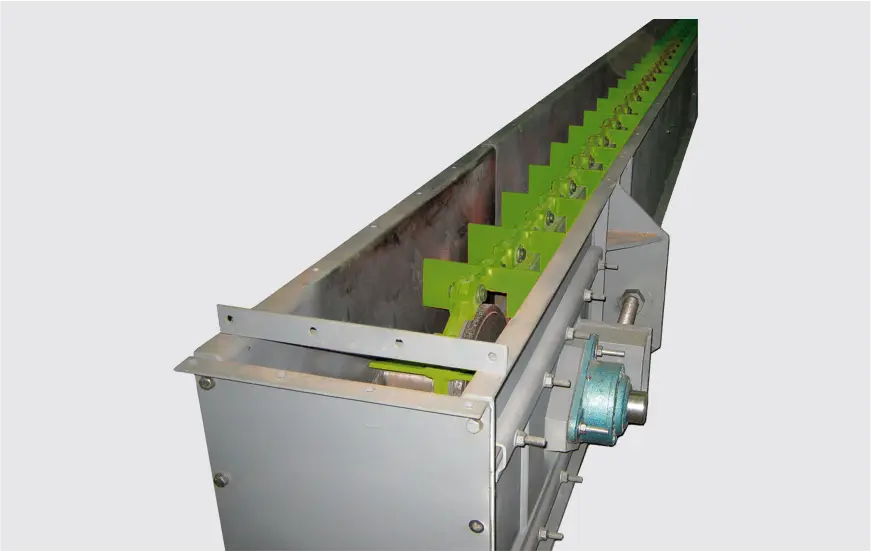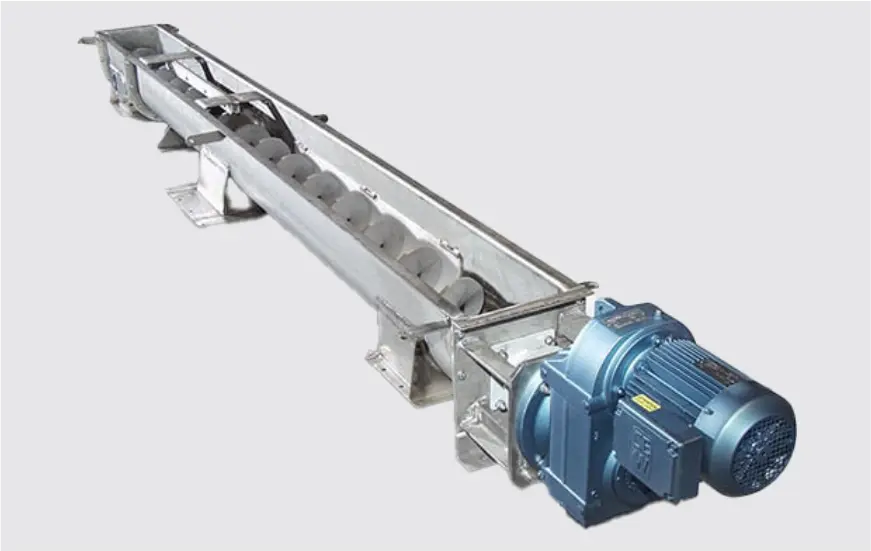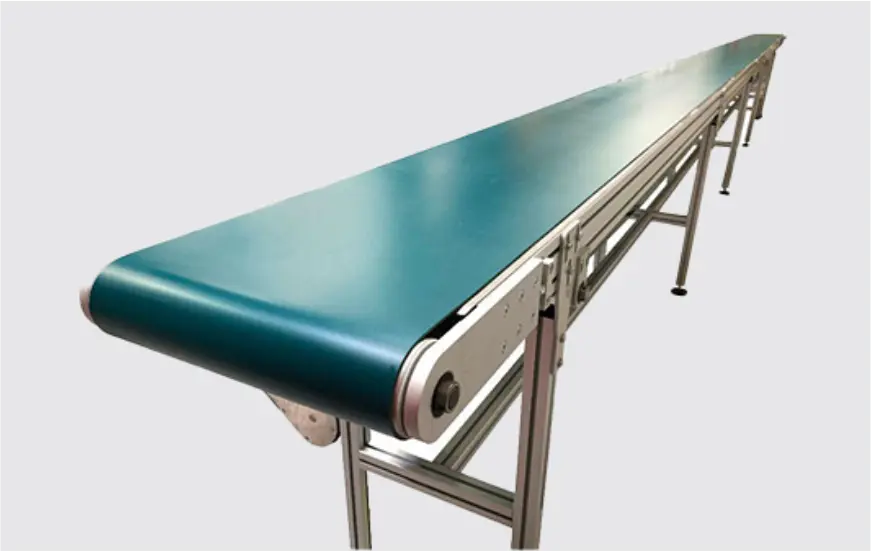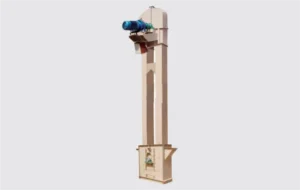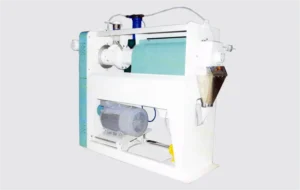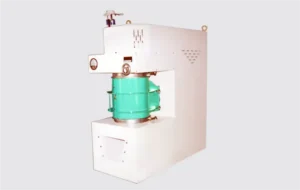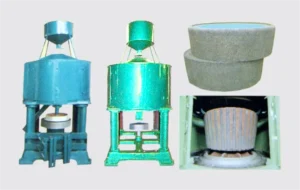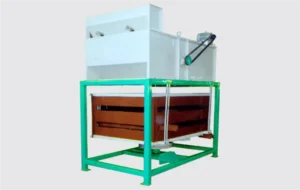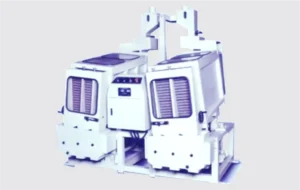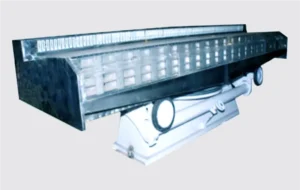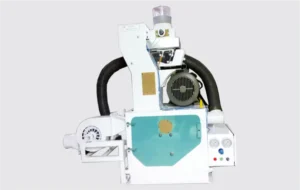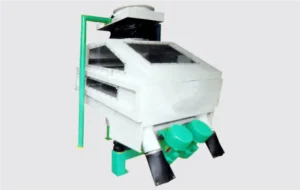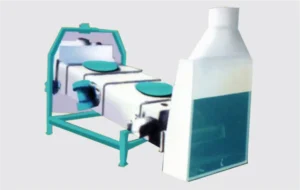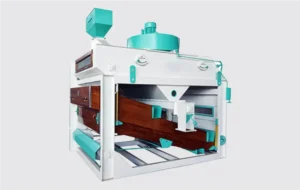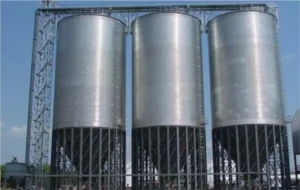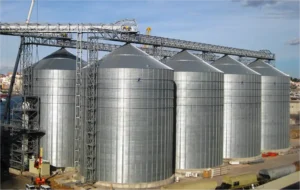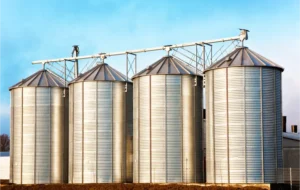Material Handling Equipments (MHE)
Material handling equipment can improve efficiency and automate processes that would otherwise require a lot of manual labor. Some types of material handling equipment include:
Chain Conveyors
Anapurna Storage System is a leading manufacturer and supplier of chain conveyors. Chain conveyors are a type of belt conveyor that moves heavy bulk goods. They are used to move products down an assembly line or around a manufacturing or warehousing facility.
How chain conveyors work
- Chain conveyors use an endless chain to transmit power and propel material through a trough. The chain runs over sprockets at either end of the trough.
- The chain can push material directly or push attachments that push the material.
Uses for chain conveyors
- Chain conveyors are used to transport heavy loads over long distances.
- They are used to move pallets, grid boxes, and industrial containers.
- They are used to move products with a sturdy lower surface.
- They are used to move products with small contact surfaces, such as mesh boxes or steel frames.
Screw Conveyors
Screw conveyors are a type of mechanical conveying system commonly used to move materials horizontally or at a slight incline. They consist of a helical screw blade, known as an auger, rotating within a cylindrical casing or a trough. These devices are often employed in industries such as agriculture, food processing, manufacturing, and mining for bulk material handling.
Here are some key points about screw conveyors:
- Function : Screw conveyors are used to transport bulk materials, such as grains, powders, granules, and even liquids, by pushing them along the trough or casing as the auger rotates.
- Design : The design of a screw conveyor can vary based on the material being conveyed and the specific application. Different screw configurations and trough shapes are available to suit various needs.
- Types: There are different types of screw conveyors, including horizontal screw conveyors, inclined screw conveyors, and vertical screw conveyors, each tailored to the specific requirements of the material being transported.
- Applications : Screw conveyors are used in a wide range of industries, including agriculture (for grain handling), wastewater treatment (for dewatering and conveying solids), manufacturing (for handling raw materials), and more.
Belt Conveyors
Belt conveyors are a common type of mechanical handling equipment used to transport items or materials from one location to another. They consist of a continuous loop of material (the conveyor belt) that rotates around two or more pulleys. Here’s some key information about belt conveyors:
Types of Belt Conveyors
- Flat Belt Conveyors : These are used for moving items of various sizes and shapes on a flat surface.
- Incline or Decline Belt Conveyors : These are designed to move materials up or down slopes.
Components of Belt Conveyors:
- Conveyor Belt : This is the moving part of the system, typically made of rubber, PVC, or other materials designed for durability and grip.
- Pulleys : These are the rotating wheels or drums over which the belt travels.
- Supporting Structure :The frame or structure that holds and supports the conveyor system.
Applications
- Belt conveyors are widely used in manufacturing, distribution, mining, and various industries to transport items like raw materials, products, and baggage.
- They are essential in assembly lines for automating the movement of products.
Advantages
- Efficient and cost-effective for transporting bulk materials or heavy items.
- Can be customized for specific applications.
- Reliable and require minimal maintenance.
Considerationss
- Proper maintenance is essential to prevent belt wear and tear.
- Safety precautions are important to avoid accidents.
Conveyor Belt Types
- Conveyor belts come in various types, including flat belts, modular belts, timing belts, and more, each suited to different applications.
Automation and Control
- Conveyor systems can be automated, incorporating sensors and control systems for precise material handling.
Environmental Impact
- Conveyor systems can be designed to be energy-efficient, reducing the environmental impact of material transport.

